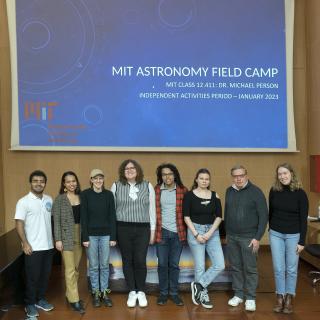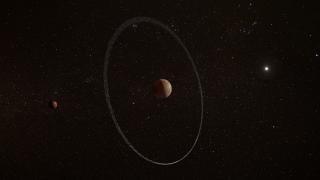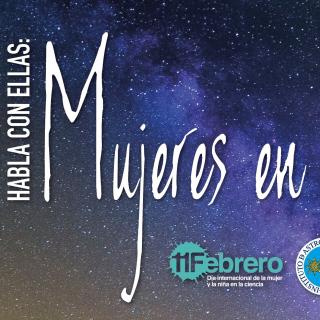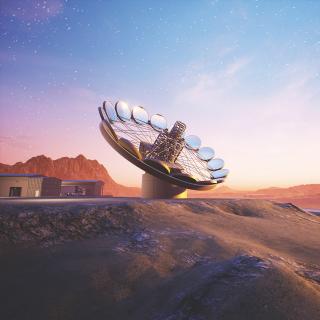
In January the Teide Observatory was host, for the first time, to the “MIT Astronomy Field Camp”. This is a historic camp which the Massachusetts Institute of Technology (MIT) offers to its students of planetary sciences and observational astronomy with the aim of giving them real life experience of working in a professional observatory. For three weeks the students of this prestigious institution had access to several telescopes at the Teide Observatory, with which they could take astronomical data for their research projects. At the end of their stay, in the Headquarters of the IAC in La
Advertised on




